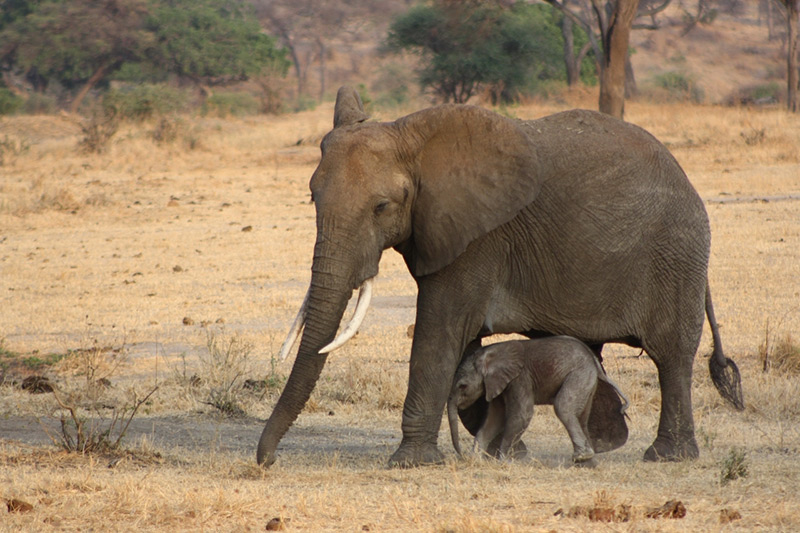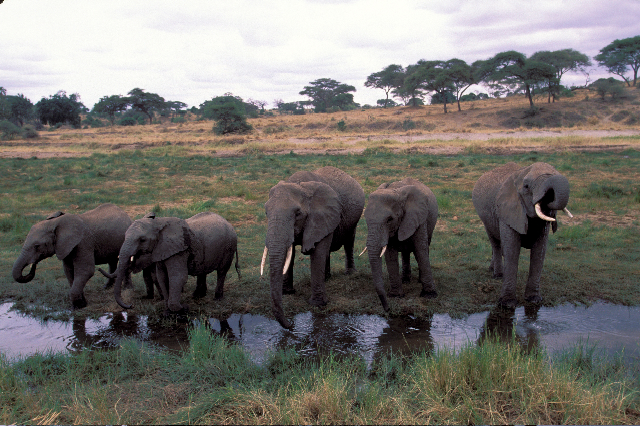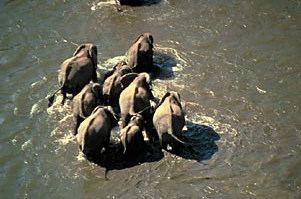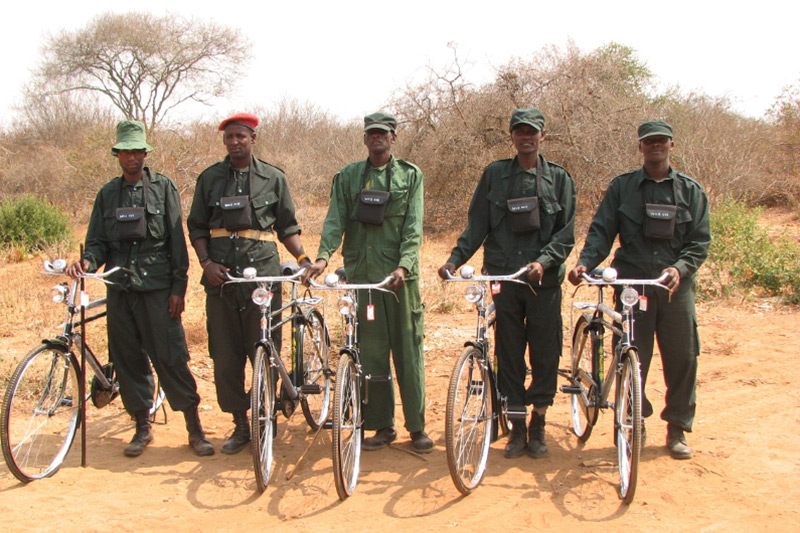Building Conservation Corridors
Tanzania Conservation & Research Program
Protecting Migratory Wildlife and the Habitat around Tanzania’s Tarangire National Park
Protecting Migratory Wildlife
Protecting Their Future
Tarangire National Park contains some of Africa’s most amazing wildlife spectacles, including the second-largest elephant population on the continent. However, the park encompasses only the dry season habitat for many of the area’s wildlife, especially elephants and many species of antelope. When the rains come, these species must leave the park to find grasses that are nutritious enough to allow for breeding.
The Tanzania Conservation and Research Program (previously Tarangire Elephant Program) focuses on community based fieldwork and land protection. The program protects critical wildlife lands through Certificates of Customary Rights of Occupancy (CCROs) that require villages to agree to protect and keep the land open to wildlife, while ensuring their right to graze livestock on those same lands.
In the past six years the program has made great progress in establishing many CCROs within the Tarangire ecosystem, protecting over 1 million acres. However, there are still many gaps and corridors that will need to be protected if we are to preserve the integrity of this incredible ecosystem and link it to other protected areas in Tanzania.
PARTNER SPOTLIGHT
Tanzania Conservation and Research Program
A Woodland Park Zoo Conservation Partner
Woodland Park Zoo is proud to support the Tanzania Conservation and Research Program, which is protecting this endangered species and their migration corridors. These efforts help secure a future for African elephants and all the species that share their ecosystem.
Good News for Elephants

Protecting Habitat
The project has helped conserve more than 800,000 acres of land within the Tarangire ecosystem to help connect parks and protect critically important migratory routes. The goal is to double that in the coming years.

New Corridors
They have identified and assessed a 120-km wildlife corridor that links Ruaha and Katavi National Parks—potentially one of the largest wildlife corridors in Africa. They are working with the Tanzanian government to protect this corridor.

Population Gains
Tarangire National Park has experienced one of the highest elephant population growth rates and, thanks in part to monitoring, the lowest poaching rates in Africa.

A Permanent Presence
The project works with local communities—hiring village game scouts who monitor for any signs of poaching and alert park authorities of any concerns.
WHAT YOU CAN DO
Helping Endangered Species
You can help save elephants by making smart consumer choices. The biggest threat to elephants and other wildlife is illegal poaching for the purpose of selling or trading animal parts, including elephant ivory.
In Washington state, wildlife trafficking is now illegal. That means it is against state law to sell, purchase, trade or distribute parts of specific endangered or vulnerable species, including elephants.
Never purchase wildlife products. Be informed about what you buy, especially when traveling abroad.
Read the travel guide
MORE WAYS TO HELP